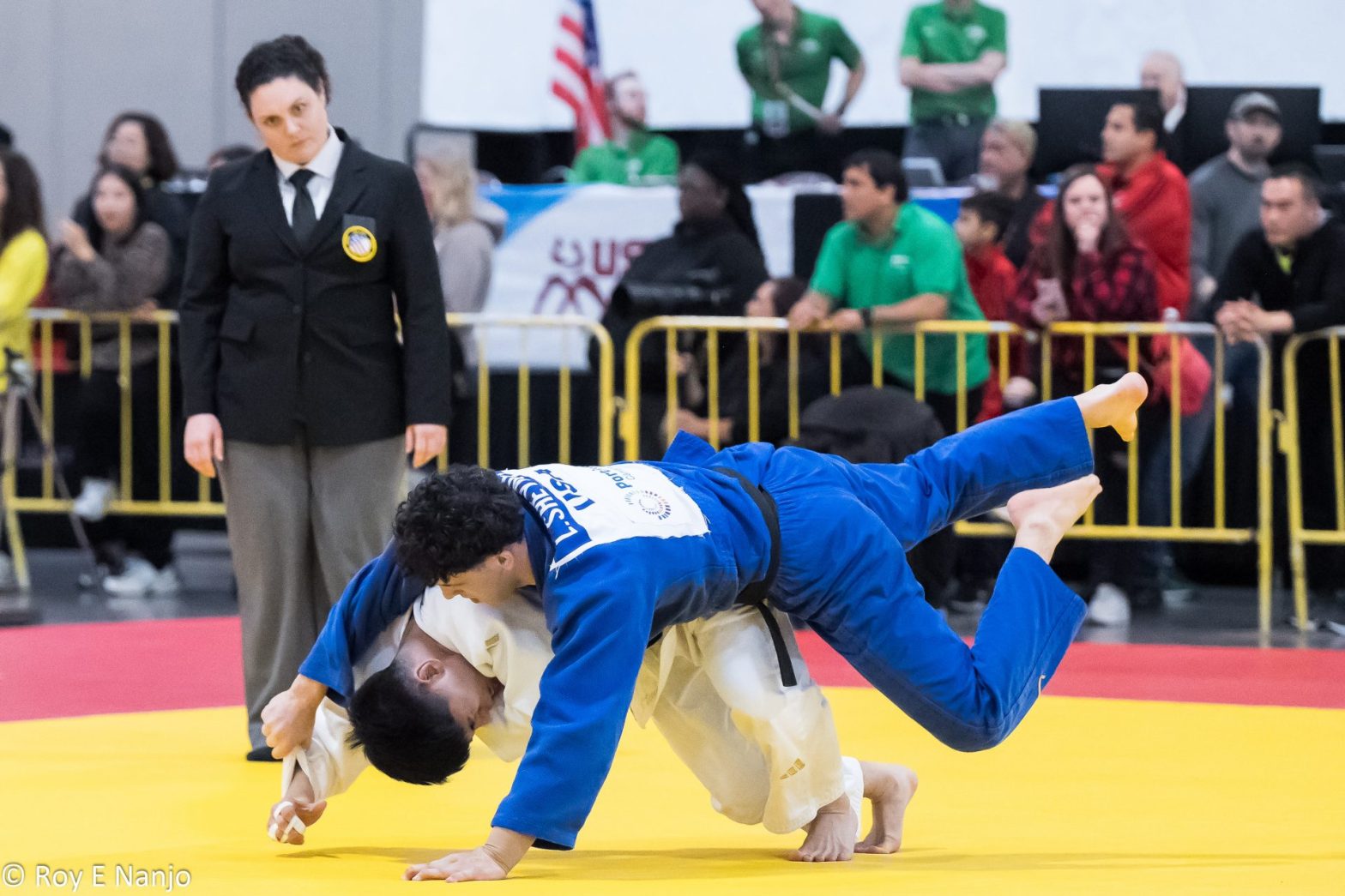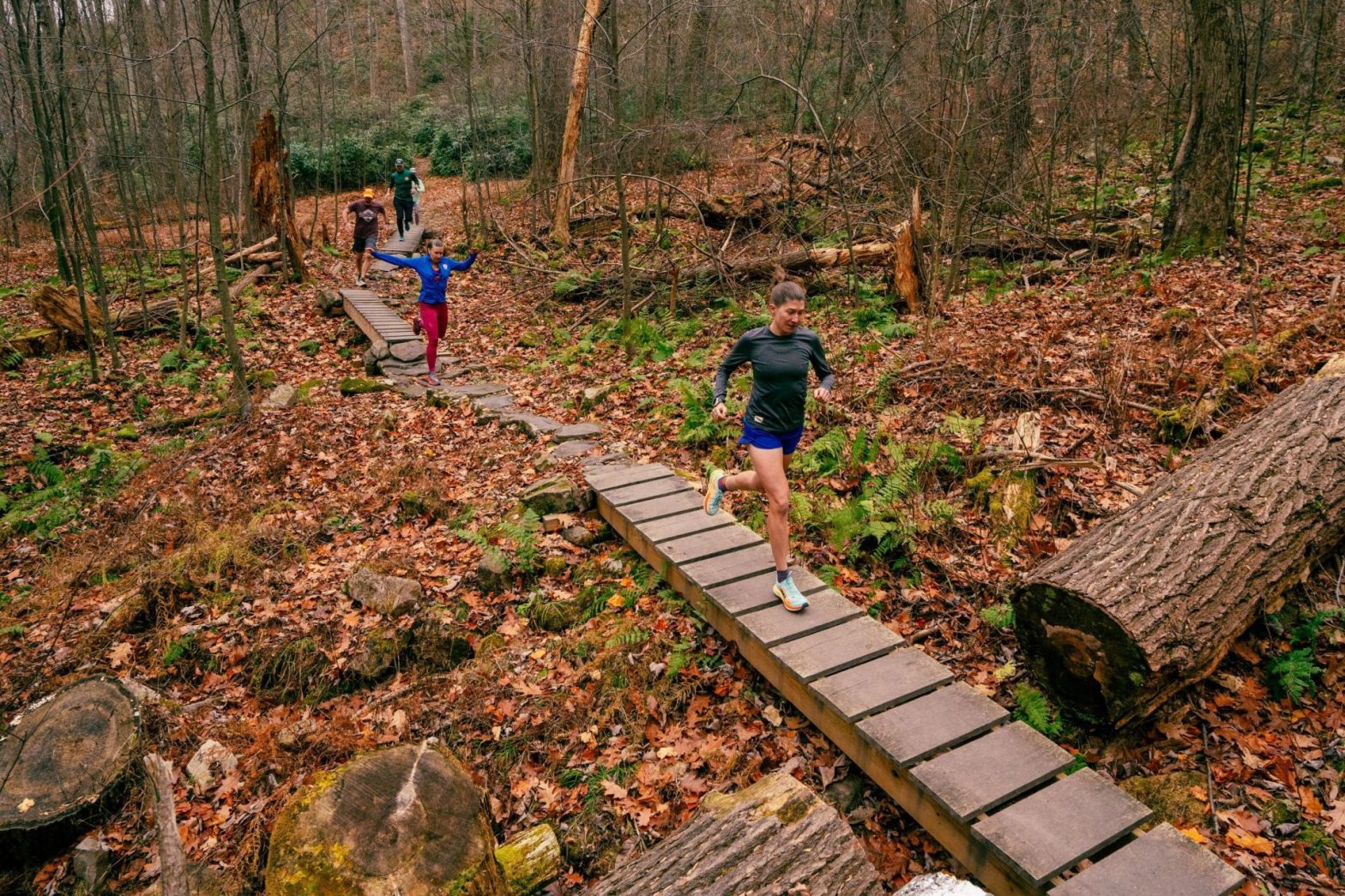Thrilling adventure comes in a variety of ways and can go well beyond your average sports experience. Extreme sports—alternative sports characterized by higher risk—have asserted themselves in the world of athletics, and for good reason: these unique sports offer just as much thrill and adventure as they do athletic competition. Here are five extreme sports sure to get the adrenaline pumping.
Paragliding

While its sister sport, hang gliding, dates back to the days of Leonardo da Vinci, the sport of paragliding didn’t take flight until the late 1970s. Back then, skydivers were looking for a way to descend mountains with steep slopes more easily. In 1978, two skydivers in France, Jean-Claude Bétemps and André Bohn, launched from a steep slope on Mont Pertuiset, gliding to the valley below and giving birth to a new sport. Just a year later, the first paragliding school was established, and the sport began spreading across the world.
While a paraglider resembles a parachute, it has several important differences. According to the U.S. Hang Gliding & Paragliding Association (USHPA), which is celebrating its 50th anniversary this year, “a paraglider is a foot-launched, ram-air aerofoil canopy, designed to be flown and landed with no other energy requirements than the wind and gravity.” Setting it apart from hang gliding, a paraglider’s canopy shape is maintained by air pressure while the pilot is in a sitting position, whereas a hang glider has an inflexible frame to maintain its shape while the pilot is in a horizontal position. Like hang gliding, paragliding typically features four different types of competition: open distance, aerobatics, spot landing, and race to goal.
USHPA, a nonprofit organization with approximately 9,000 members and upwards of 70 chapters across the country, sanctions a variety of paragliding events each year. Events can theoretically take place anywhere in the nation, though the majority are usually in the western United States. Fort Funston in San Francisco and Torrey Pines in San Diego are two of the most popular coastal soaring sites for flying. “California is by far the largest [state] in terms of membership, so it’s obviously a more popular sport there,” says Martin Palmaz, executive director of USHPA. “California is followed closely by Oregon, Washington, Utah, and Colorado.”
Mountain biking

Cycling has been around for a very long time—it has been a part of the Olympic program since the first modern Games in 1896—but it wasn’t until the 1970s that mountain biking became a sought-after discipline of the sport. Off-road cycling first emerged as a recreational activity in northern California. Eventually, a group of cyclists introduced it into the world of competition when they began hosting their own races. The new competitive sport quickly attracted attention, and since then, it has been an extreme sport on the rise. Mountain biking was officially added to the Olympic Games in 1996.
Just like other cycling disciplines, mountain biking includes a variety of formats, including cross country, short track cross country, ultra-endurance, downhill, dual slalom, 4-cross, Super D, and observed trials.
Though cross country is the only discipline recognized at the Olympic Games, events take place across the country for all disciplines. USA Cycling is the national governing body of the sport, and it hosts the biggest mountain biking events each year: USA Cycling Cross-Country Mountain Bike National Championships and the USA Cycling Gravity Mountain Bike National Championships. Another major event within the world of mountain biking is the UCI Mountain Bike World Series, which hosts one of its final stops on the calendar in Snowshoe, W.Va., on Sept. 27.
Surfing

Surfing has been around for a long time. So long, in fact, there’s debate as to where it even originated. Regardless, Americans have long loved to catch the wave, most notably in Hawaii before it made its way to the Lower 48. Though California may not be the official birthplace of the sport, today the Golden State seems to have the surfing market cornered. Most notable is Huntington Beach, Calif., which is known as Surf City USA as it has hosted the U.S. Open of Surfing—the world’s largest surf competition—since 1959 when it was originally called the West Coast Surfing Championship. The U.S. Open of Surfing makes a dramatic impact within the sport and the city of Huntington Beach each year. According to an economic impact study, the event attracted an estimated 375,000 attendees in 2018.
Surfing’s appeal has continued since, and the sport continues to be hosted frequently in Surf City USA. “Huntington Beach hosts over 50 surf competitions annually,” notes Jennifer Tong, vice president of PR and communications for Visit Huntington Beach. “These include all levels from youth, high school, and collegiate to professional.”
Jack’s Surfboards Pro is another annual event hosted by the World Surf League at the Huntington Beach Pier, but the city has also played host to the International Surfing Association’s ISA World Surfing Games in multiple years, as well as the ISA World Juniors, and this year will host the 2023 ISA World Para Surfing Championships in November.
Skateboarding

While extreme sports, in general, have seen a boost in popularity since the pandemic, skateboarding still officially reigns as the country’s most popular extreme sport.
Most historians agree skateboarding got its start in the U.S. Though the earliest boards were crates of wood with roller derby skates attached, and some even with handlebars, eventually, boards were updated to be more like surfboards with wheels. In the 1950s, skateboarding spread rapidly through southern California. At the time, participants still had to make their own board before skateboard companies began a decade or so later. One of those very first companies, Makaha, founded the first skateboard competition in Hermosa, Calif., in the early 1960s. The sport lost popularity for a while, but pockets of skateboarding enthusiasts kept things going. However, in 1999, skateboarding got the boost it needed to become a true national phenomenon: Tony Hawk landed the 900 in the X-Games. The iconic moment catapulted skateboarding into a new realm of popularity. Major skateboarding competitions continue to be held across the country every year, such as the Vans Park Series Pro Tour, Dew Tour, Tony Hawk’s Weekend Jam, and The Boardr Am Series, Red Bull Solus, and Tampa Am.
Rock climbing

Ascending steep rock formations offers an adrenaline rush that has attracted many to rock climbing, so it’s only natural for it to have risen to a whole new level of popularity as a sport over the years.
In the U.S., historians believe it started to develop as a serious sport in the 1930s. The rise of indoor rock-climbing gyms has helped the sport develop in recent decades, but a recent induction into the Olympics cemented rock climbing as a serious sport. The sport made its debut in the 2020 Olympic Games in Tokyo with three disciplines: bouldering, lead climbing, and speed climbing.
Whether participating in rock climbing as an amateur or as a professional, some of the most popular rock-climbing sites in the United States are at various national parks, including Joshua Tree National Park, Pinnacles National Park and Yosemite National Park in California, Zion National Park and Arches National Park in Utah, Acadia National Park in Maine, and Grand Teton National Park in Wyoming








